When the platform for a prototype floating offshore wind turbine arrived at a dock in Searsport, Maine, on April 11, engineers at the University of Maine were ready to add a tower and a turbine and set it afloat in the Gulf of Maine. The prototype, called the VolturnUS+, was a 1:4 scale model of a 15-megawatt version, and its deployment would mark only the second wind turbine to float in U.S. waters.
But on the very same day, university officials received a letter from the U.S. Department of Energy’s Advanced Research Projects Agency – Energy (ARPA-E) saying it was “suspending all activity” remaining on the project’s $12.6 million grant. The move left the university’s 375-tonne concrete hull tied up dockside and its creators scrambling to resolve the situation.
VolturnUS+ is one of many offshore wind projects that have been delayed or killed in the United States since President Trump’s second inauguration. On his first day back in office, Trump signed an executive order freezing all permitting of offshore wind projects, impacting nearly all that were not yet under construction. And in an unprecedented move, the President on April 16 froze work on one offshore wind farm that was already being built off of New York’s coast, before withdrawing the order last week.
In response, wind developers are pulling back on U.S. projects. Multinational wind giant RWE paused work on its entire 6-gigawatt U.S. portfolio, citing “the political environment.”
The turmoil may prove particularly devastating for floating wind projects like VolturnUS+. Floating turbines are designed to function farther offshore in waters too deep to anchor turbine towers to the sea floor, and the fledgling industry has yet to install a single commercial-scale turbine in U.S. waters.
Trump’s Impact on Floating Offshore Wind
Tokyo-based Mitsubishi Corporation in March paused work on what could have been a U.S. first: a 12-turbine, 144-MW floating ”research array” planned for a spot 50 kilometers east of Portland, Maine. The company cited “recent shifts in the energy landscape that have, in particular, caused uncertainty in the offshore wind industry.”
Maine policymakers have been counting on Mitsubishi’s research array to jump-start development in floating wind and thus secure the state’s energy transition and bolster coastal economies. These small floating arrays serve as testbeds to help de-risk gigawatt-scale projects to come and provide an opportunity to engage with stakeholders. “It’s important because the technology is still relatively immature,” says Steve Clemmer, director of energy research at the Union of Concerned Scientists. “You’ve got to start somewhere demonstrating the technology, researching impacts on the fishing industry and wildlife, especially related to the mooring systems,” he says.
Indeed, developers of a California floating demonstration project, Cademo, had also been closely watching Maine’s progress. Floating…
Read full article: Maine’s Floating Offshore Wind Setback: What’s Next?

The post “Maine’s Floating Offshore Wind Setback: What’s Next?” by Peter Fairley was published on 05/29/2025 by spectrum.ieee.org













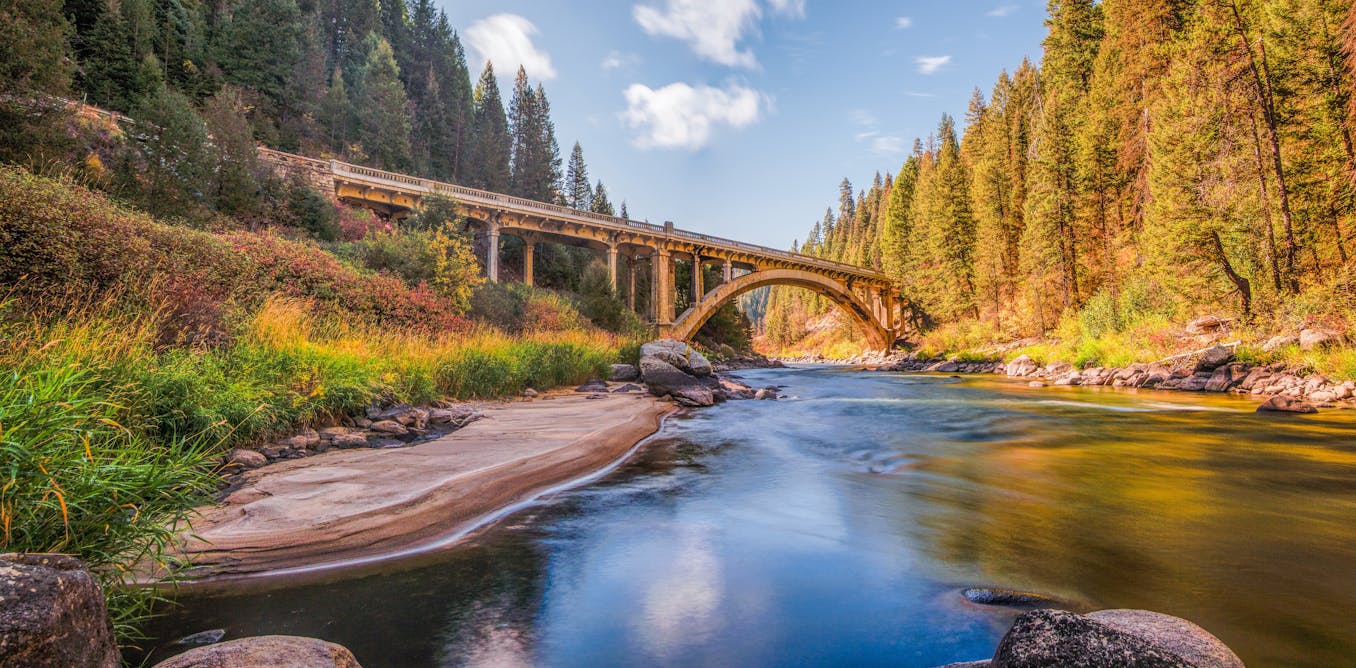














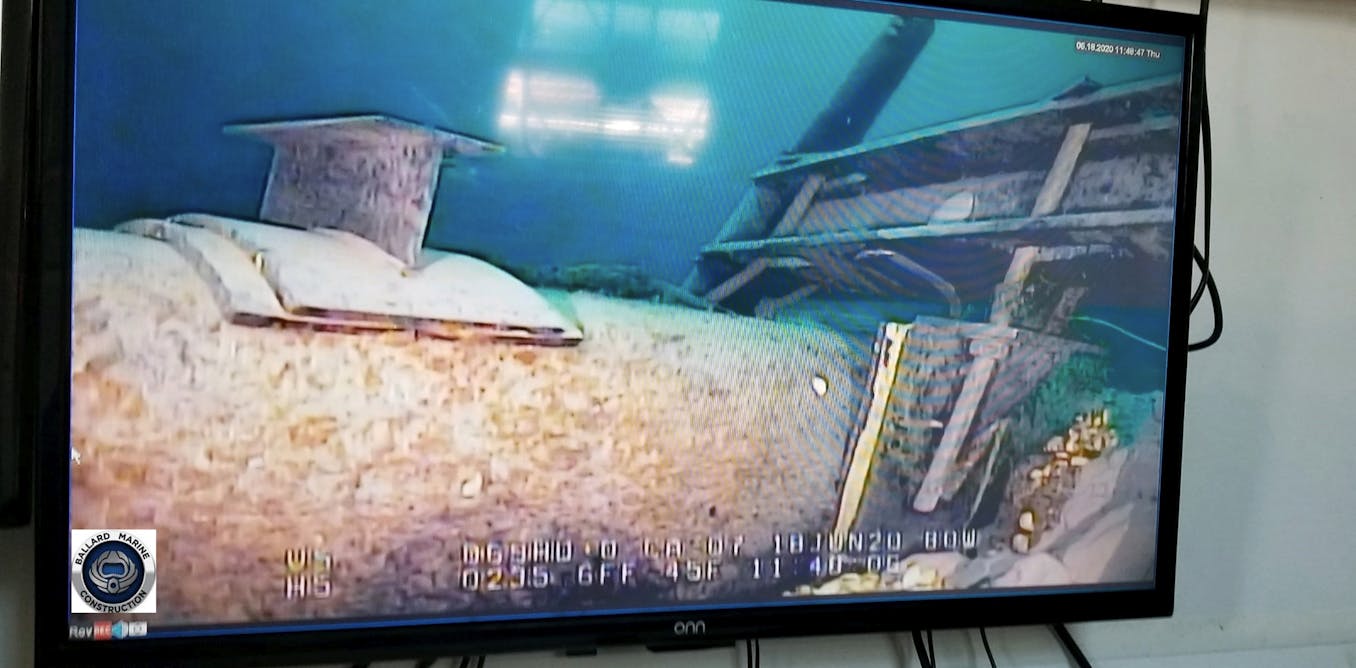



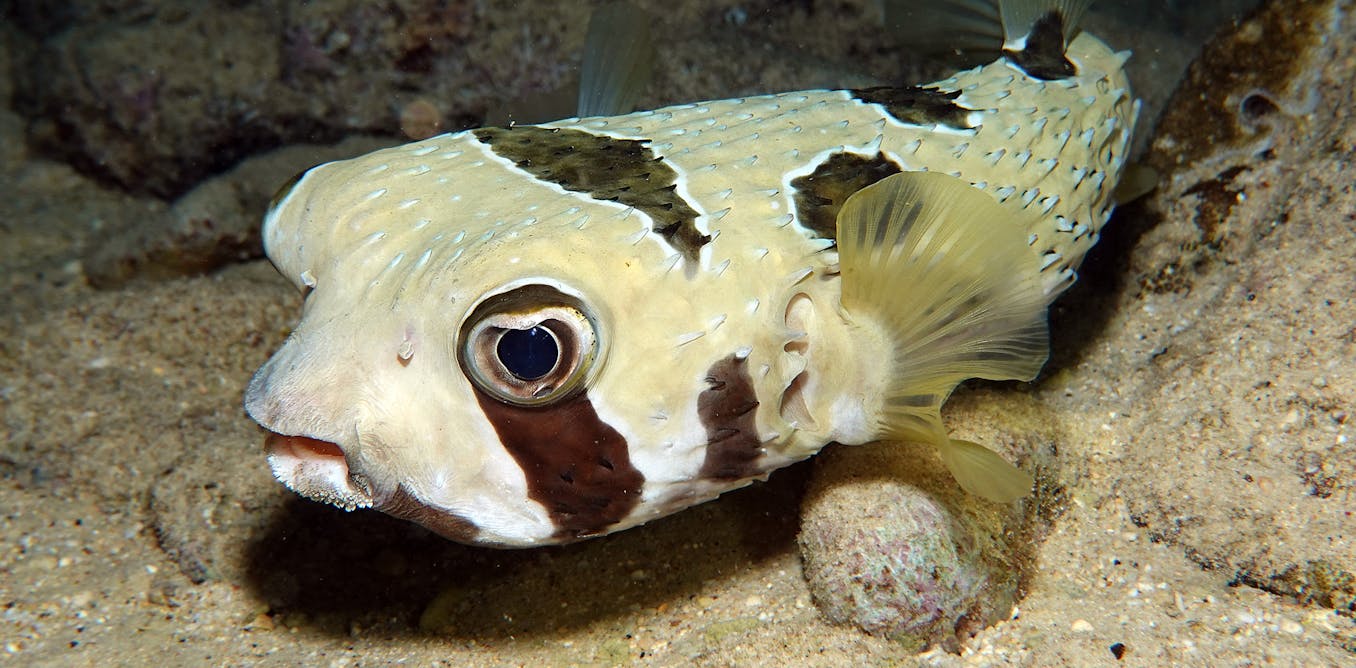

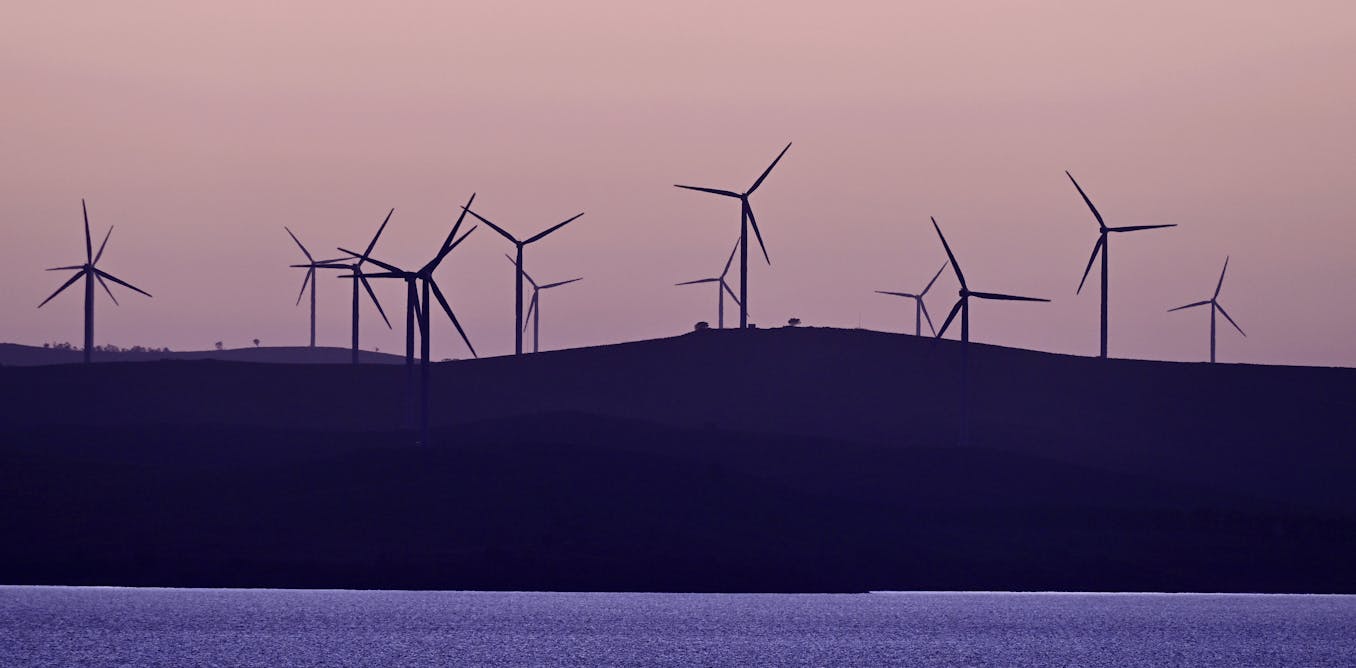
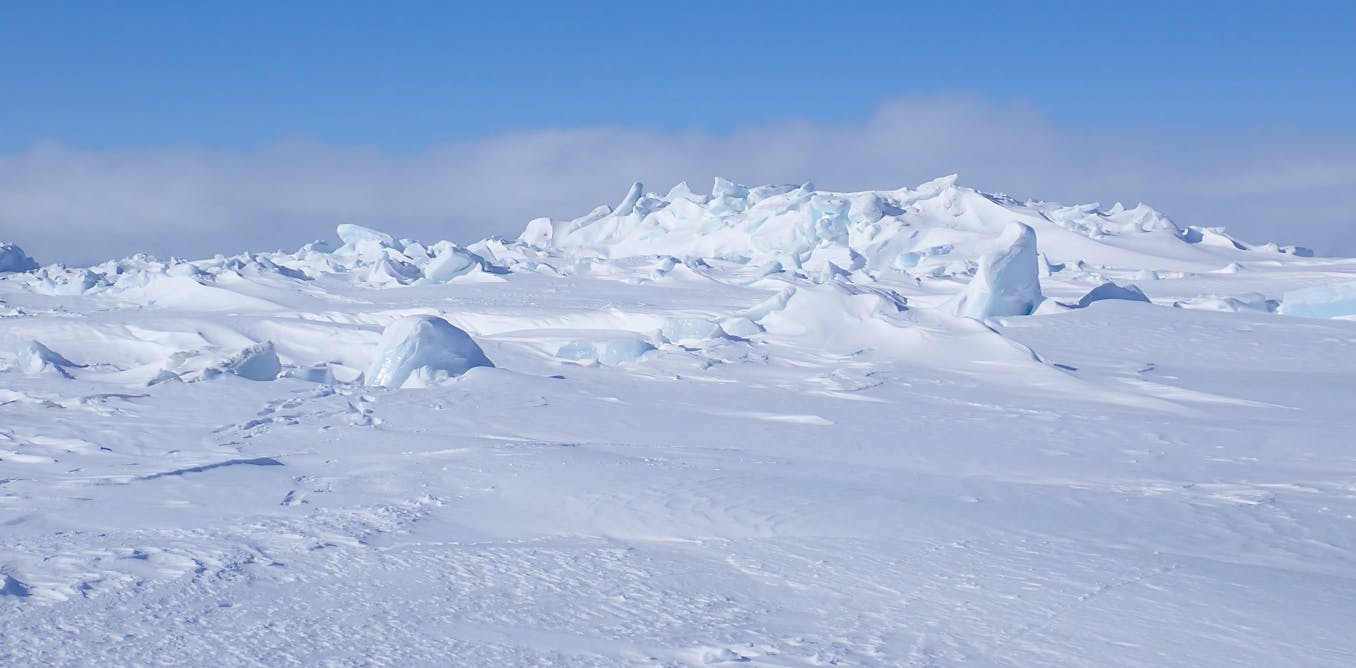

Leave a Reply